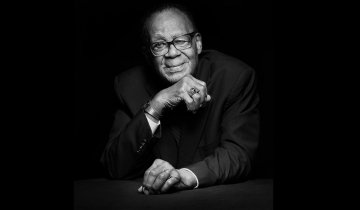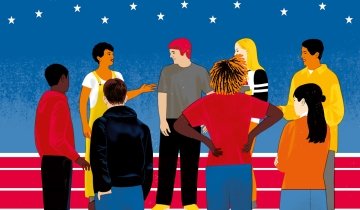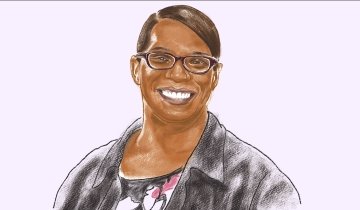Traditional education is all about the three “Rs”—reading, writing and arithmetic. More recently, schools have moved to focus on “S” for STEM—science, technology, engineering and math—as the skills needed for a 21st-century economy.
But is the education system preparing youth to face the challenges that lie ahead for them and for the world?
Tech giants like Microsoft and Google have discovered that, alongside coding and debugging abilities, their top employees also need to master soft skills such as problem solving, critical thinking and emotional intelligence, which are much harder to learn. Youth need those same assets to tackle the almost overwhelming array of global challenges they are inheriting, everything Imparting those skills requires a different “S”: service learning.
Service learning brings global issues, social justice and volunteer activities into the classroom. Indeed, our schools have long incorporated these elements—but at a distance. Volunteering is an extra-curricular activity. Global issues are considered in the abstract, disconnected from the day-to-day lives of the students. Service learning weaves them seamlessly into the core curriculum.
So, for example, science students study pollution in the context of the Flint, Mich., water crisis while learning how to test their local water supply. A geography class covers population and food supply while taking action on food insecurity in their own community.
For more than a decade, WE Charity has developed service learning resources in partnership with educators and organizations like the College Board’s Advanced Placement program.
The results have been profound.
In 2015, well-known organizational evaluator Mission Measurement conducted an independent survey of educators and student alumni of WE service-learning programs. Compared to their peers who had not engaged in service learning, these youth were: 7.7 times more likely to start a campaign to solve a social problem, 2.7 times more likely to start their own social enterprise or nonprofit organization and twice as likely to volunteer at least once a week. When they come of age, service learning students become engaged citizens, 1.3 times more likely to vote consistently.
There has even been positive feedback from educators working in Los Angeles youth prisons. They’ve said that introducing service learning units made young inmates, including hardened gang members, “excited about learning, in ways we've never seen before.”
For example, learning about child soldiers in Sierra Leone opened their eyes to global issues in a way that resonated especially with gang members, who could relate the soldiers’ experiences to the violence in their own lives. The young inmates engaged in a service project, creating books and videos about their own lives, aimed at youth in inner-city schools, urging them to stay away from gang life.
Integrating service learning in every classroom from kindergarten to grade 12 is a realistically achievable goal over the next decade.
Thousands of educators across North America and the United Kingdom are already actively engaged. Why? Because they know their ABCs. After “R” and “S” comes “T”, which stands for Transformative change—for students, their communities and the world.




